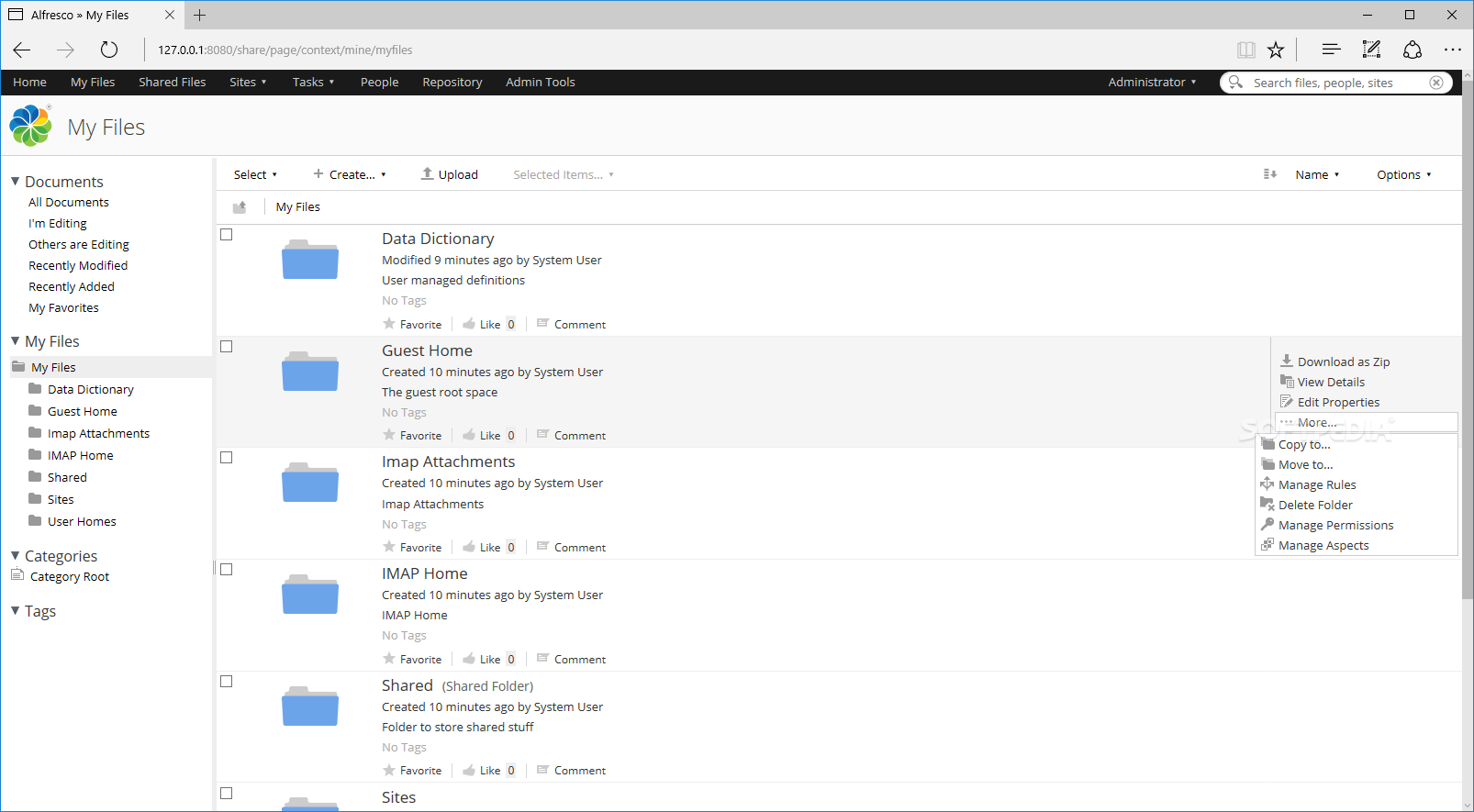

- #Tomcat 6 download how to#
- #Tomcat 6 download mac os x#
- #Tomcat 6 download install#
- #Tomcat 6 download manual#
Download the file from here “” and place it in the “/usr/share/tomcat6/webapps” directory. Look for the variable below and set it as you like. You can alter the amount of memory Tomcat will use by editing the “/etc/sysconfig/tomcat6” file. This is where your Java applet should be placed for execution. The most interesting directory from the above command output is “/usr/share/tomcat6/webapps”. You can see where yum/rpm put the tomcat files by running: By default, Tomcat will use TCP port 8080. Every option in that file comes commented out. But only edit that file if you want to change defaults. This file controls how Tomcat starts and which TCP port it should use. You can edit the configuration file “/etc/sysconfig/tomcat”.
#Tomcat 6 download install#
The best way to install Tomcat 9 on Ubuntu is to download the latest binary release from the Tomcat 9 downloads page and configure it manually.
#Tomcat 6 download how to#
This article simply explains how to install Tomcat 6 and test that it works. Create user members of the Tomcat group with a home directory opt/tomcat for running the Tomcat service: sudo useradd -s /bin/false -g tomcat -d /opt/tomcat tomcat Step 3: Install Tomcat on Ubuntu. But you can also do as we’re about to and install Tomcat by it’s self. One important detail is that Tomcat 6 has all the default libraries in one /lib folder while Tomcat 5.x has them spread over /lib, /shared and /common and its subfolders. Basically you just need to reconfigure the stuff in /conf as it was. Often you will simply download your java based application ( such as OpenKM for example) packaged complete with Tomcat. Upgrading Tomcat 5.5 to 6 is no big deal. Directory structureĪfter you’ve extracted the Content Services distribution zip, several directories and configuration files will be available in the Content Services home directory.This article explains how to install and test Tomcat 6 on Redhat or CentOS Linux. For more information, see Generate secure keys. Important: After installation, you must generate and install your own certificates to secure the installation. Note: If you’re include Alfresco Content Connector for AWS S3 as part of your installation, don’t start Content Services before applying the S3 AMP file. Use the clean_tomcat.bat or clean_tomcat.sh command. It adds features for managing context both, for: Runtime functions like start, stop & reload context Configuration functions like removing a context. Note: If you deployed previous versions of Content Services, you must remove any temporary files created by your application server. Extension to the well-known Tomcat Sysdeo Plugin for eclipse. You’re now ready to install any additional software that you require, and install integrations. See Install Alfresco Search Services for more information.

See the supported platforms page for the supported versions.Ĭreate an additional classpath to Tomcat, which will be shared among all web applications.Ĭreate the directories required for a Content Services installation under :Ĭhange the value of the shared.loader= property to the following: shared.loader=$ token is replaced by the local server name) ĭownload and install Tomcat following the instructions from. The installation directory for Tomcat is represented as. Install an instance of Tomcat manually and modify it to use the correct directory structure and files for Content Services. Use this method of installing Content Services if you’ve already have installed a JRE, a supported database, a supported application server, a message broker, and the additional components.įor information about securing Tomcat, see Tomcat security considerations.
#Tomcat 6 download mac os x#
The version of tar on Solaris and Mac OS X will not work with these files.
#Tomcat 6 download manual#
For manual installation, you must ensure that the required software is installed on the machine. Useful references: Release notes, with important information about known issues Changelog NOTE: The tar files in this distribution use GNU tar extensions, and must be untarred with a GNU compatible version of tar. For more complex Content Services installations, or if you wish to use an existing Tomcat application server, you can use the Web Archive (WAR) bundle to install Content Services on any platform.


 0 kommentar(er)
0 kommentar(er)
